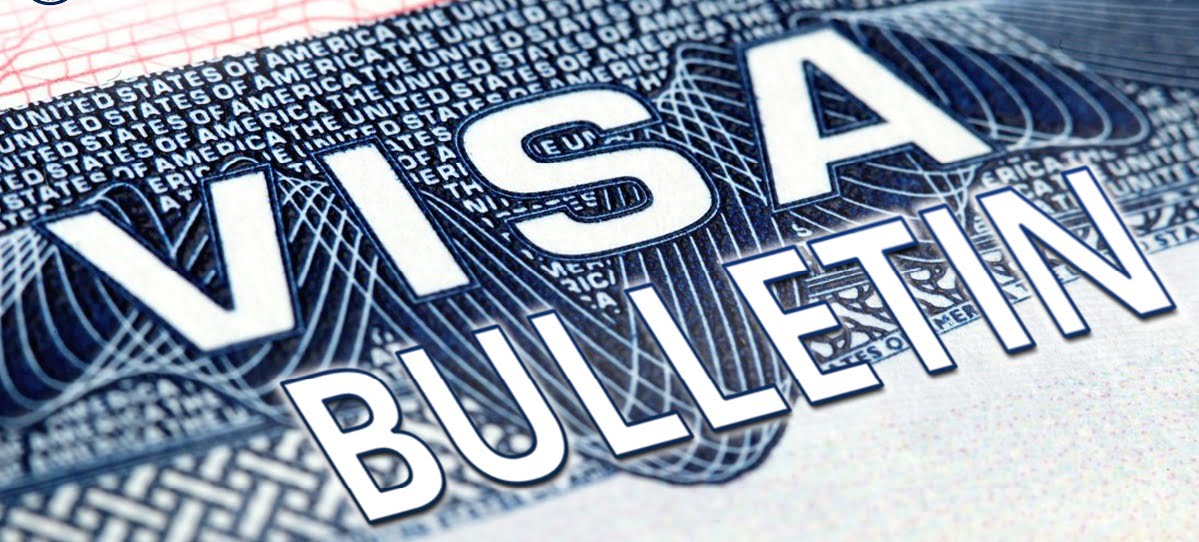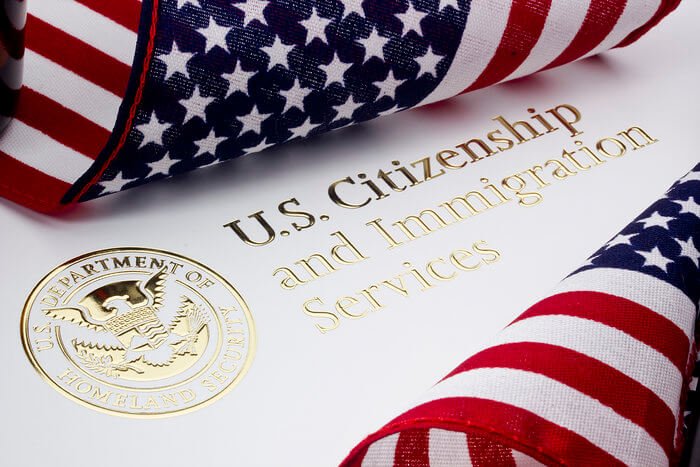In this article, you’ll gain insights into navigating the journey of applying for the EB-1A and EB-2 NIW green cards. Please remember that this article does not provide any legal advice and if you would like to discuss your immigration situation, please speak with the immigration attorney. If you would like to speak with our immigration lawyers, please contact us here.
Embarking on Your U.S. Immigration Odyssey
Navigating through the complex maze of United States immigration law can be likened to setting off on a life-changing journey. The immigrant pathways provide a means of obtaining a Green Card/lawful permanent residence for those looking for more permanent opportunities in the United States. This opens the door to the possibility of obtaining United States citizenship, marking the culmination of a remarkable journey.
To obtain permanent residency, one must first file a petition for immigration with USCIS and then, if the aspirant is already in the country, pursue an adjustment application through USCIS, or if the aspirant is outside the United States, an immigrant visa application through the Department of State (DOS).
Mastering the Green Card Path: A Guide to I-485 and explore topics
Officially known as the Application to Register Permanent Resident or Adjust Status, is an essential document used by people in the U.S. to apply for lawful permanent resident Status.
Who May File This Request?
According to the U.S. Citizenship and Immigration Services (USCIS), the Immigration and Nationality Act (INA) and other federal laws offer various pathways to adjust status to that of a lawful permanent resident, commonly known as applying for a “Green Card”. Depending on which immigration category you are applying under, there may be differences in the eligibility requirements for adjustment of status.
Furthermore, you must be physically present in the United States to file the form. You can apply as the principal applicant or as a derivative applicant:
Principal Applicant:
- is typically the person designated as the beneficiary of the petition or another eligible individual for status adjustment,
- it is critical to identify the precise immigrant category because each has different requirements for status adjustment.
Derivative Applicant:
- spouses and children of a principal applicant, who aren’t beneficiaries of their petition, may be eligible to file for this process under the same immigration category,
- these family members are referred to as “derivative applicants”.
Who May Not Be Eligible to Adjust Status?
According to USCIS, you are generally ineligible for this process if one or more adjustment bars in the Immigration and Nationality Act (INA) sections 245(a), (c), (d), and/or (e) apply to you. These bars, however, may not apply to all immigration categories, and that might exempt you from certain bars depending on your category.
When Should I File Form I-485?
Deciding when to file this form is crucial. Typically, you can start your application after USCIS approves your I-140 petition. However, only if your priority date is current. In certain situations, if the immigration attorney recommends that path, and the priority date is current, you can file for I-140 and I-485 together to speed up the process of getting work and travel permits. This is normally not recommended. However, sometimes it is necessary, especially if your status in the US is in danger (your current visa expires, there is no possibility to extend the status). If you are in such a situation, please let us know and we will schedule a consultation call with our attorney.
Creating Success: A Look at EB-1A and EB-2 NIW Applications
EB-1A Extraordinary Ability
Individuals with extraordinary ability in the sciences, arts, education, business, or athletics have the opportunity to self-petition to apply for permanent residency in the United States, allowing them to continue with their outstanding work. Those with recognized accomplishments in their field of expertise and consistent national or international recognition are eligible for the EB-1A extraordinary ability immigrant visa.
Requirements for Qualification
To qualify for the EB-1A extraordinary ability classification, you must demonstrate exceptional talent in your field, signifying that you are one of the select few who have attained the highest level of your profession.
To prove your candidacy, you need to demonstrate consistent national or international acclaim through:
- Significant Globally Acknowledged Award: Similar to a Nobel Prize, a major award that acknowledges your exceptional contributions.
OR
- Fulfilling at least three of the ten requirements listed below:
- Association Membership: in groups that demand outstanding achievements.
- Media Presence: Published material about your work.
- Judging Role: Assessing the work of others in related domains.
- Notable Contributions: Highly significant original work.
- Authorship: Composing academic papers or media contributions.
- Exhibition: Display of artwork during different events.
- Organizational Role: Leading or fulfilling a critical role.
- Compensation: High salary compared to colleagues.
- Commercial Success: Accomplishments in the performing arts.
Is a Job Offer a Must-Have for My Green Card Application?
It is not mandatory to include a job proposal in the application. What is crucial is demonstrating your commitment to continuing work in your extraordinary field in the United States.
Demonstrate your commitment by:
- Letters from Employers
- Prearranged Commitments (Contracts outlining planned engagements)
- Personal Statement.
EB-2 National Interest Waiver
The Employment-Based Second Preference Visa is a pathway for individuals with exceptional ability or advanced degrees in specific professions to secure a Green Card for permanent residence in the United States.
In this application, labor certification and a work offer are usually required, however, there is flexibility. If the applicant’s outstanding aptitudes align with the national interest of the United States, the job offer and labor certification requirement may be waived (National Interest Waiver).
According to USCIS guidelines, to qualify, you must demonstrate exceptional ability in the realms of sciences, arts, or business. This means possessing a level of expertise significantly surpassing the ordinary standards, which can be documented by examples listed below:
- Academic Credentials: Proof of relevant degrees or awards.
- Professional Experience: Letters verifying a minimum of 10 years of full-time work.
- Professional Credentials: Valid licenses or certifications.
- Financial Recognition: Evidence of a salary reflecting exceptional ability.
- Professional Affiliation: Membership in relevant professional associations.
- Recognition and Achievements: Acknowledgement from peers, government entities, or organizations.
- Alternative Evidence: Additional proof of eligibility.
Key Considerations for National Interest Waiver
USCIS takes into account the following criteria regarding evaluating a National Interest Waiver:
| 1. Substantial Merit and National Importance | Evaluating the project’s potential significance and national relevance. |
| 2. Capability to Advance the Proposed Endeavor | Assessing your role and capacity to advance the proposed project |
| 3. Benefit to the United States | Evaluating the overall benefits to the U.S. in waiving the job proposition and labor certification requirements. |
Would you be interested in determining your eligibility for the EB-1A or EB-2 NIW green cards? Kindly complete this brief screening, and our team of attorneys will carefully review your accomplishments.
Overcoming Obstacles: Techniques for Fast Approvals
Typical Delays, Their Causes, and Strategies to Reduce Them
There may be delays while filing the immigration procedure, so it is important to recognize the typical difficulties. Common postponements and the reasons behind them include:
- Documentary Insufficiencies: Incomplete or insufficient documentation / Ensure accuracy and comprehensiveness in the required materials.
- Backlog in Processing: It may arise from large application volumes / Changes in immigration laws and policies have an impact on this.
- Request for Additional Evidence (RFE): USCIS may issue an RFE, requesting more information / Failing to respond promptly can lead to retardation.
The Immigration Landscape: Updates and Modifications to Policies
Immigration Policies and How They Affect Applicants
Remaining up-to-date on the latest immigration policies is essential for candidates. Here are some of the latest policies and their potential impact:
- Policy Shifts: Keep an eye out for any modifications to immigration laws, since they may have an immediate impact on qualifying requirements and application procedures.
- Visa Availability: Stay updated on visa availability to ensure timely filing and avoid unnecessary interruptions.
- Eligibility Criteria: Understand any alterations to eligibility criteria that could impact the category in which your application falls.
Keeping Up-to-Date with Immigration News
Applicants must remain current with immigration news. Here are effective ways to remain informed:
- Government Updates: Follow official government websites and announcements for the most recent policy releases and updates, these can be USCIS Newsroom or USCIS Alerts.
- Legal Resources: Consult your immigration attorney to learn about changing and new regulations.
The Journey’s End: Key Takeaways and Inspiration
As we conclude this exploration of the EB-1A and EB-2 National Interest Waiver immigration journey, let’s go through the key takeaways:
- Persistence Prevails: The immigration process can be complex, but perseverance is a powerful ally, Stay committed to your pursuit;
- Information is Empowerment: Being informed on policies, documentation, and updates gives you the ability to confidently cruise the trip;
- Adaptability is Important: The immigration landscape evolves. Staying informed and being adaptable is essential for conquering obstacles;
- Celebrate Achievements: Acknowledge your efforts and accomplishments, both in your field and throughout the immigration process;
- Remember, this is not just a journey; it is a transformative experience. As you move forward, may inspiration lead your way to new beginnings and opportunities;
Safe travels on your U.S.immigration odyssey!
FAQ
How can legal advice assist in navigating the I-485 application for EB-1A and EB-2 National Interest Waiver visas?
Legal guidance for your EB-1A or EB-2 National Interest Waiver request is priceless. Immigration attorneys can assess your eligibility, review documentation, and develop a customized strategy. They handle difficulties, address challenges, and stay updated on regulatory changes. In the case of Requests for Evidence (RFEs), attorneys assist in crafting thorough responses. Your interests are safeguarded by their representation, increasing the probability of a successful outcome. Throughout the process, licensed experts provide timely updates, making it easier to go through the intricate immigration landscape.What documentation is essential for a successful I-485 application?
Always check with immigration attorney. I-485 is the last stage of getting a green card and must be handled properly. General documents that are part of the I-485: Form I-485, Application to Register Permanent Residence or Adjust Status (completed and signed). Forms: I-131 (travel permit) and I-765 (work permit) Passport-style photographs. Copy of a government-issued ID with a photograph – passport. Birth certificate or alternative evidence. Documentation of immigrant category (e.g., Form I-797 approval notice). Evidence of continuous lawful status in the U.S. & latest I-94 If applicable, a signed statement confirming the intent to work in the specified occupational field (for self-petitioners). Marriage certificate, if applicable Birth certificate of children, if applicable Medical examsHow can I maintain my status while waiting for I-485 approval? Can I work or travel?
As you wait for your petition to be approved, make sure to maintain your lawful presence by following the terms of your existing visa. If holding an Employment Authorization Document (EAD), engage only in authorized employment. Remain aware of travel restrictions, avoid doing unapproved work, and continue your legal status in the United States. Keep contact information updated with USCIS, fulfill reporting requirements, and renew any expiring documents promptly. It is very important to consult with an immigration attorney to receive specific conditions related to your pending application.









